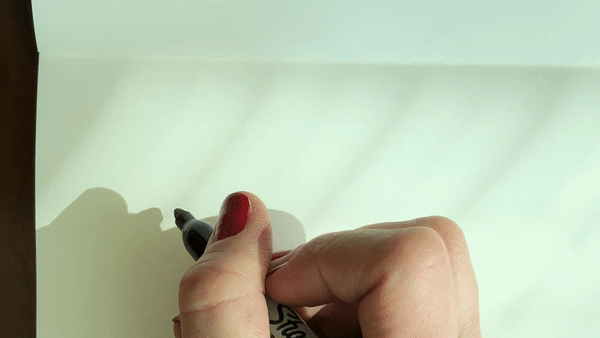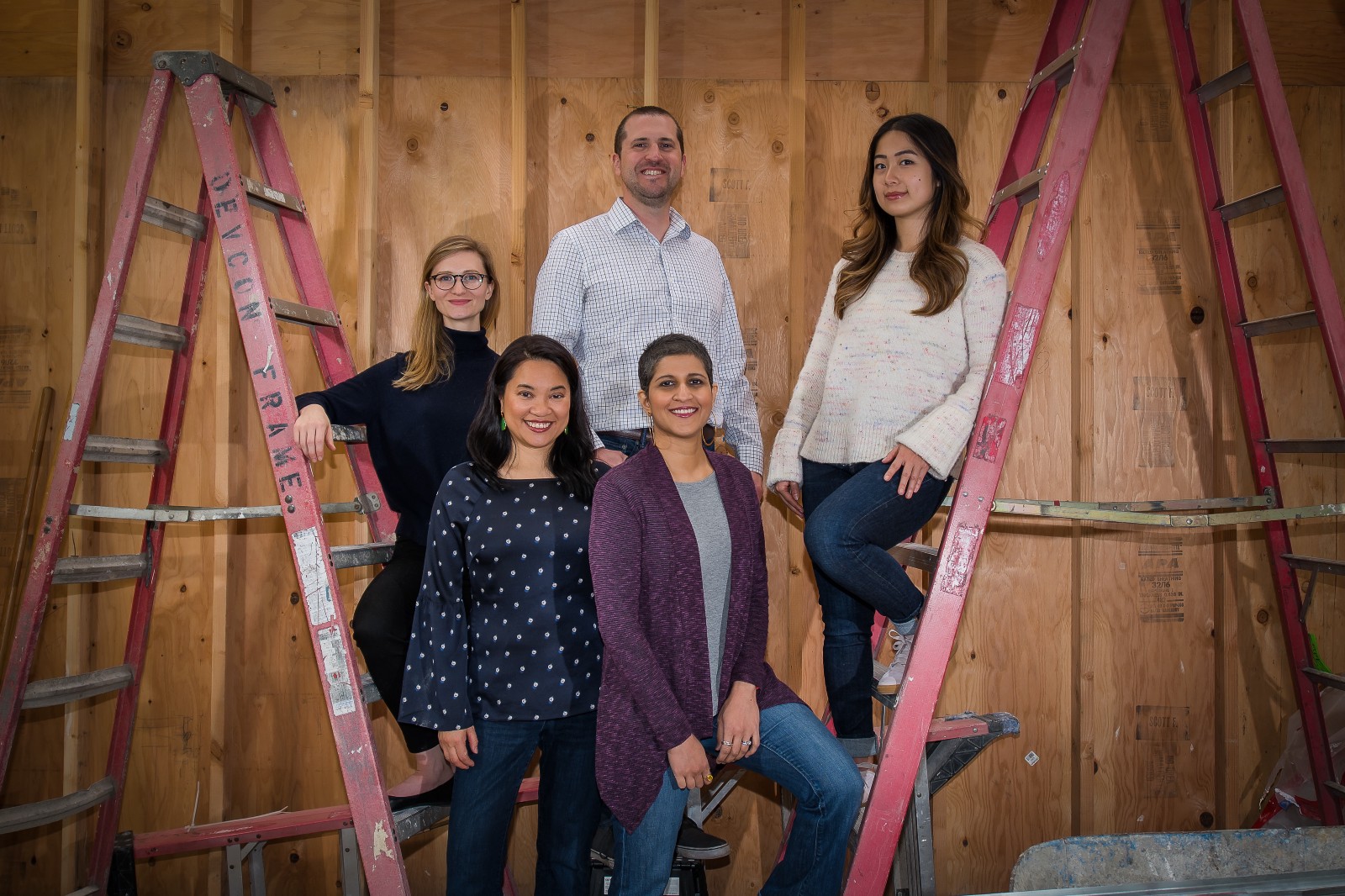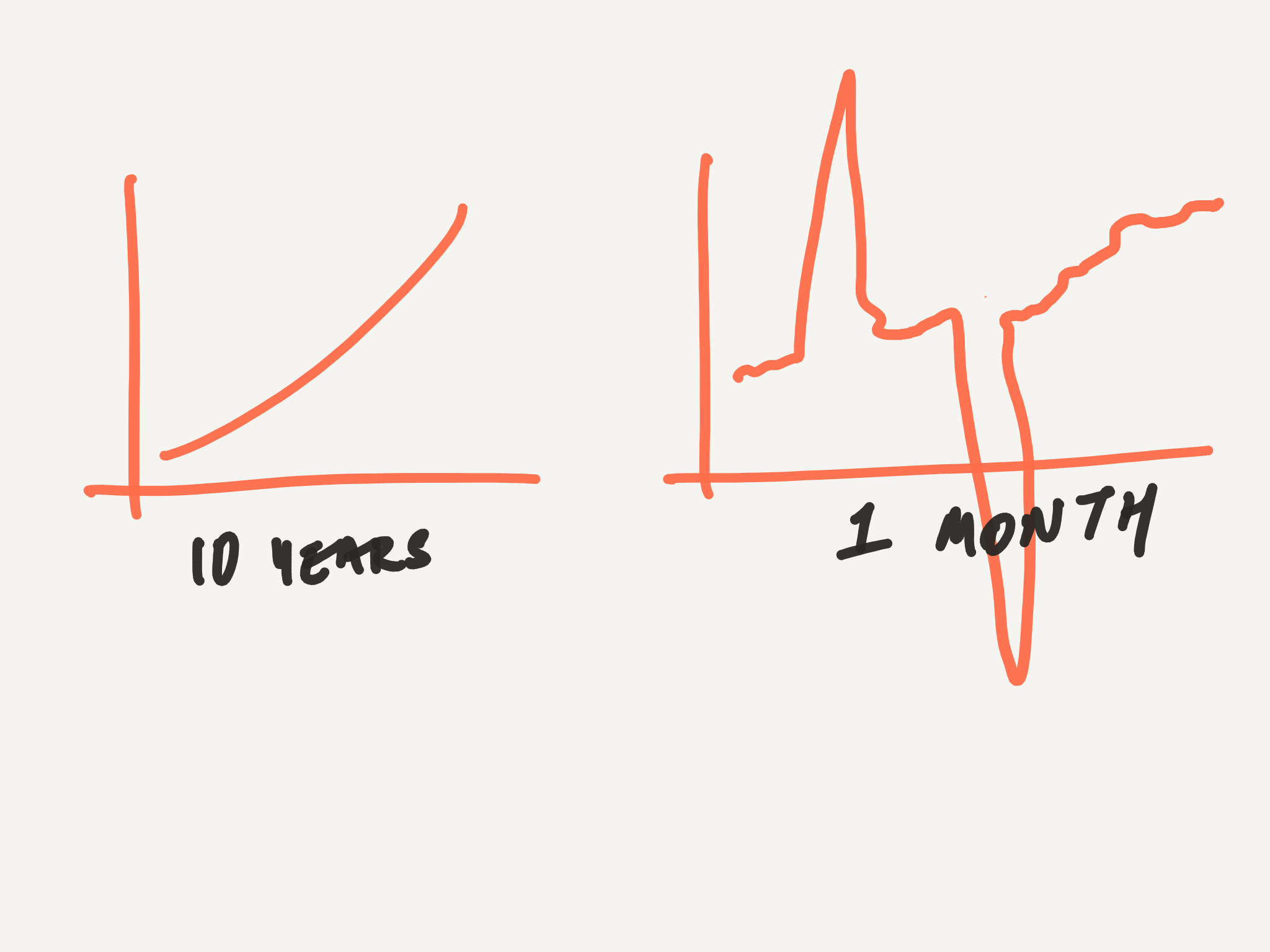As product leaders, we all want people to love what we create. But people often use our products in ways we never could have predicted. Once we release something into the world, it belongs to the users?—?and sometimes they use our products in unexpected and negative ways. We can’t be held responsible for what they do with it… right?
It’s time we take more ownership of the impact our products have on the world. The stakes are too high to claim ignorance?—?particularly in tech, where our products can reach billions of people. True product leadership extends beyond creation: True product leadership is product stewardship.
We have become painfully aware of what can happen when the tools we use encourage our worst instincts and amplify the most virulent voices. In past few months, there have been several violent efforts where the suspects behind them had been vocal about their beliefs on social media. Do the platforms really have no control over the ways in which their products are used? That feels both naive and untrue.
When I led product at eBay, we wanted to be “a well-lit place to trade.” The company’s mission was “to empower people by connecting millions of buyers and sellers around the world and creating economic opportunity.” That was the intention. But as we scaled, people began to use eBay in ways we hadn’t predicted. At one point people began trading disturbing items, including Nazi memorabilia. As we thought about how to solve it, we asked ourselves a few questions: Who are we? What do we believe? Why did we create this product? Once we framed it in terms of core values, the decision about what to do became clear. The company decided to ban all hate-related propaganda, including nazi memorabilia.
Product leadership teams can do more than curb bad behavior. They can also work to encourage good behavior. Last year, during the refugee crisis when governments around the world turned them away, Airbnb’s product team worked on a solution. In June 2017, Airbnb launched Open Home?—?a way for people to give refugees a place to stay. This was not just a marketing stunt. Airbnb invested in building a brand new product: a marketplace that allows people to offer their homes for free to refugees and victims of disasters.
Thoughtful product stewards can also protect us from ourselves. Plenty of studies have shown that technology can be addicting. Apple is taking some admirable first steps to help us resist temptation. Screen Time, launched as part of iOS 12, offers new tools for managing screen time. Jony Ive was recently interviewed about it. “If you’re creating something new, it is inevitable there will be consequences that were not foreseen,” he said. “It’s part of the culture at Apple to believe that there is a responsibility that doesn’t end when you ship a product.”
How do we create that kind of a culture? Here’s a stab at a few steps we could take towards regaining control over the way our products live in the world.
Step one: Define.
Before you begin designing, sit down with the team to define how you want your product to be used, as well as what people shouldn’t be able to do with your product. Drawing this line upfront will provide clarity for a muddy future when the world changes around you.
Step 2: Imagine.
Think about all the things people could do with your product, including edge cases. What unintended consequences come up? What could happen if the “worst” person got their hands on your product? How can you incentivize people to use it in the right way, and penalize people who don’t?
Step 3: Communicate
Communicate your beliefs, values and intentions to everyone at your company. If a stranger asked anyone how the product should and shouldn’t be used, every employee should give the same answer. This ensures that everyone is on the same page, morally. Instead of making hard decisions when things are blowing up, you’ve already agreed what to do.
Step 4: Measure
Product people measure everything. How can you measure the ways people misuse your product? What early warning systems could you put in place? Review the data and the signals it’s sending you at least once a quarter.
Step 5: Do Something.
There will always be unexpected surprises. But since you already know your moral line in the sand, when you see something that crosses that line, you’ll know it. And you can take action.
Technology should enhance human connection. It should help make the world better. The first step is for us all to begin to see product leadership as product stewardship.






